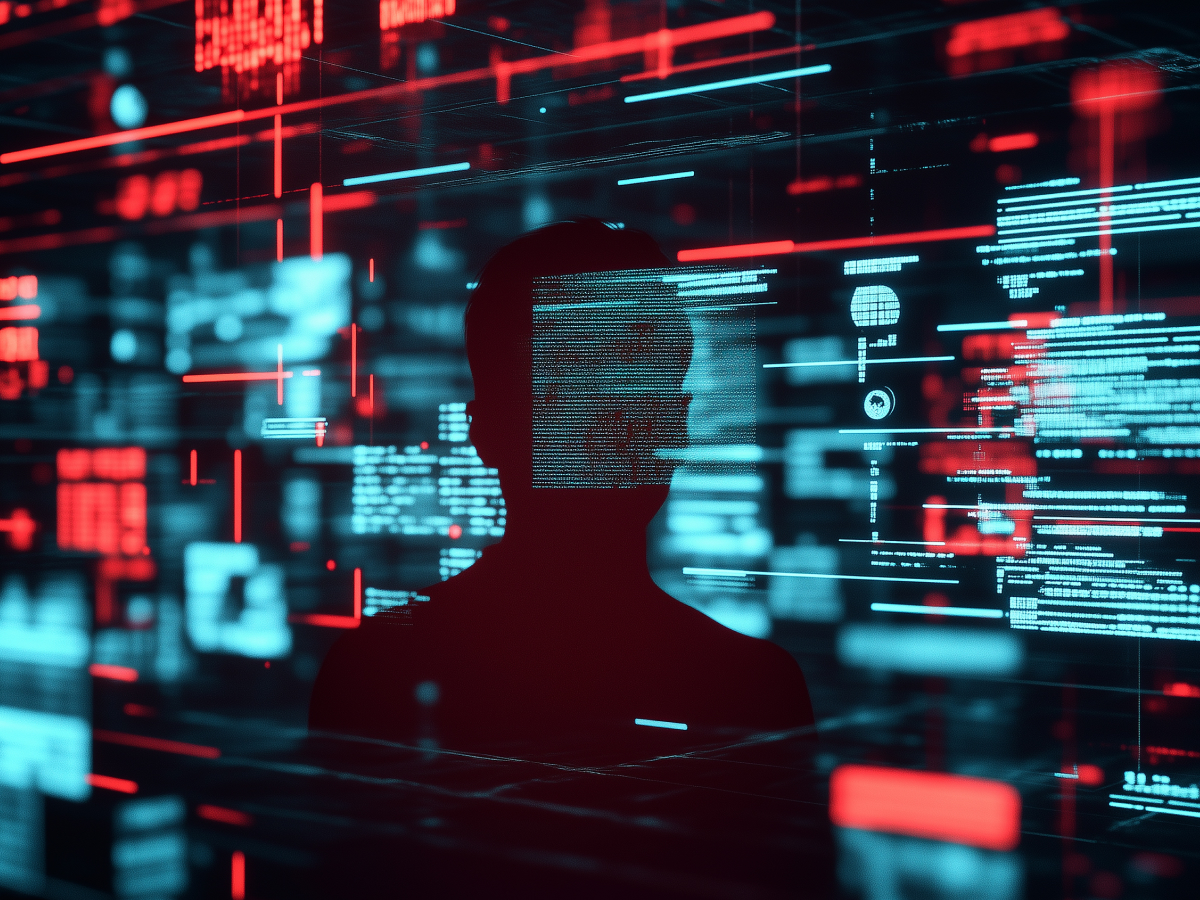Cybersecurity professionals face growing despair
Cybersecurity is a game of constant escalation, and unfortunately, the defenders are feeling cornered. According to recent research by Green Raven Limited, 70% of cybersecurity professionals admit to negative emotions stemming from their role. These are feelings of professional despair and personal toll caused by relentless cyber losses.
What’s even more troubling is the belief, held by 59% of respondents, that failure is inevitable. When your top professionals are bracing for defeat, you know the system is broken. Traditional tactics in cybersecurity, once a reliable shield, have failed to keep up with the sophistication of modern threats. As cyberattacks grow more complex, organizations can no longer rely on outdated strategies, no matter how much money is thrown at them.
Ineffective budget allocation and increased scrutiny exacerbate pressures
While nearly 90% of surveyed organizations have increased their cybersecurity budgets, fewer than half of cybersecurity leaders believe these funds are sufficient to meet today’s challenges. More resources are flowing, but they’re still not enough.
On top of that, cybersecurity teams are under intense pressure from senior management. About 70% of professionals feel this weight as they’re forced to justify every dollar spent. Imagine facing a daily barrage of threats while having to defend your financial needs to those who might not even fully understand the complexity of the problem.
The result is a cycle of stress, inadequate funding, and unmet challenges. Leaders struggle to secure the budgets they need to make meaningful progress, and this strain trickles down to their teams. It’s a system that’s buckling under its own inefficiency, and the people at the center are the ones paying the price.
A lack of clarity and proactive measures
Two-thirds of respondents admit they don’t know where the next attack will come from, describing their efforts as “working blindfolded.” A lack of visibility is a glaring issue.
Without clarity, resources are misallocated, threats are prioritized incorrectly, and defenses remain reactive instead of proactive. A fragmented approach leaves organizations vulnerable to the next big strike, one they might not even see coming.
The industry needs better foresight. If we can’t figure out what’s ahead, we’re just waiting for disaster to strike.
AI-based tools offer a promising path forward
Nearly 80% of cybersecurity professionals have expressed confidence in AI-driven tools as the next evolution in their fight against cyber threats. These technologies are designed to provide sharper insights, better detection capabilities, and more targeted defenses.
AI is the tool that can take the guesswork out of cybersecurity. When processing massive amounts of data, AI can pinpoint patterns that human analysts might miss, giving organizations the chance to act before a threat turns into a breach. It’s a leap forward, giving professionals the kind of support they need to shift from reactive scrambling to strategic planning.
This is what professionals are already banking on to level the playing field against increasingly sophisticated adversaries.
Adherence to comprehensive risk management protocols
The ideal risk management model includes four clear steps: identifying risks, assessing them, addressing them, and monitoring their evolution. According to the research, 75% of organizations claim to follow this method.
The remaining 25%, and half of those who deviate from the gold standard, rely on shorter, less comprehensive approaches. Instead of seeing the big picture, they focus narrowly on specific threats or defenses.
Inconsistent adherence undermines the entire operation. Not committing to a holistic risk management process means organizations leave themselves open to evolving threats. And as vulnerabilities grow, so does the despair among those responsible for plugging the gaps.
Cybersecurity strategies are perceived as unsustainable
Here’s the paradox: cybersecurity professionals are calling their current strategies “sustainable,” yet their observations tell a completely different story. Budgets are rising, threats are multiplying, and yet 59% believe that breaches are inevitable. How can a system that feels doomed to fail be labeled as sustainable?
Morten Mjels, CEO of Green Raven, captured this contradiction perfectly. Despite the growing despair, professionals still cling to the idea that their methods are working. Maybe it’s optimism, or maybe it’s just resignation. Either way, the industry needs a hard reset, a reevaluation of what sustainability actually means in the context of cybersecurity.
Right now, the gap between perception and reality is widening. If that gap isn’t addressed, it could lead to even greater breakdowns, in systems and in the confidence and morale of those tasked with protecting them.





